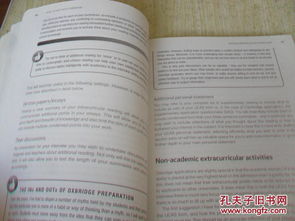Introduction:
Fishing, an age-old pastime, has captivated anglers across the globe with its serene allure and the thrill of the catch. Among the many skills that make for a successful fishing trip, mastering the art of rod reeling and hook retrieval stands out as a crucial aspect. This article delves into the intricacies of these techniques, offering valuable insights to enhance your fishing experience.
Understanding the Basics of Rod Reeling:
Before we delve into the specifics of hook retrieval, it's essential to understand the basics of rod reeling. The rod serves as the primary tool for controlling the line and guiding the fish to the hook. Here are some key points to consider:
Selecting the Right Rod: The type of rod you choose depends on the species of fish you're targeting and the conditions of the water. For instance, a spinning rod is ideal for lighter lures and smaller fish, while a baitcasting rod is better suited for heavier lures and larger fish.
Line Management: Keep your line organized and untangled. This will prevent snags and make it easier to control the fish once it's hooked.
Reeling Speed: The speed at which you reel in the line can significantly impact the outcome. Too fast, and you might lose the fish; too slow, and it might escape. Find a balance that suits the fish's behavior and the conditions of the water.
The Art of Hook Retrieval:
Once you've managed to hook a fish, the next critical step is to retrieve the hook effectively. Here's how to do it:
Set the Hook: After casting your lure, wait for the fish to bite. Once you feel the tug, set the hook by firmly pressing the reel's button or pulling the line quickly. This ensures the hook is securely in the fish's mouth.
Play the Fish: After setting the hook, it's time to play the fish. This involves guiding the fish away from obstacles and towards the boat or shore. Use the rod to control the direction and speed of the fish's movement.
Reeling In: As the fish tires, start reeling in the line. Do this slowly and steadily to avoid pulling the fish out of the water or causing it to break free. Pay attention to the tension on the line; if it becomes too tight, ease off the pressure.
Hook Retrieval Techniques:

a. Hand Over Hand: This is the most common method. Simply grip the rod with both hands and reel in the line by moving your hands up and down the rod.
b. Pump and Wind: For heavier fish, use a pumping motion to lift the rod tip, then reel in the line. This technique helps manage the weight of the fish and prevent line breakage.
c. Trolling: If you're fishing from a boat, you can use a trolling technique. Attach the lure to a fishing rod and let it drift behind the boat. As the lure moves through the water, it can attract fish and increase your chances of a catch.
Avoiding Snags: While retrieving the hook, be mindful of potential snags. These can occur when the line gets caught on rocks, branches, or other underwater obstacles. To avoid snags, keep a sharp eye on your line and be prepared to adjust your technique if necessary.
Conclusion:
Mastering the art of rod reeling and hook retrieval is a skill that takes time and practice to develop. By understanding the basics of rod reeling and employing effective hook retrieval techniques, you'll be well on your way to becoming a more proficient angler. Remember, patience and persistence are key to success in the world of fishing. Happy fishing!












